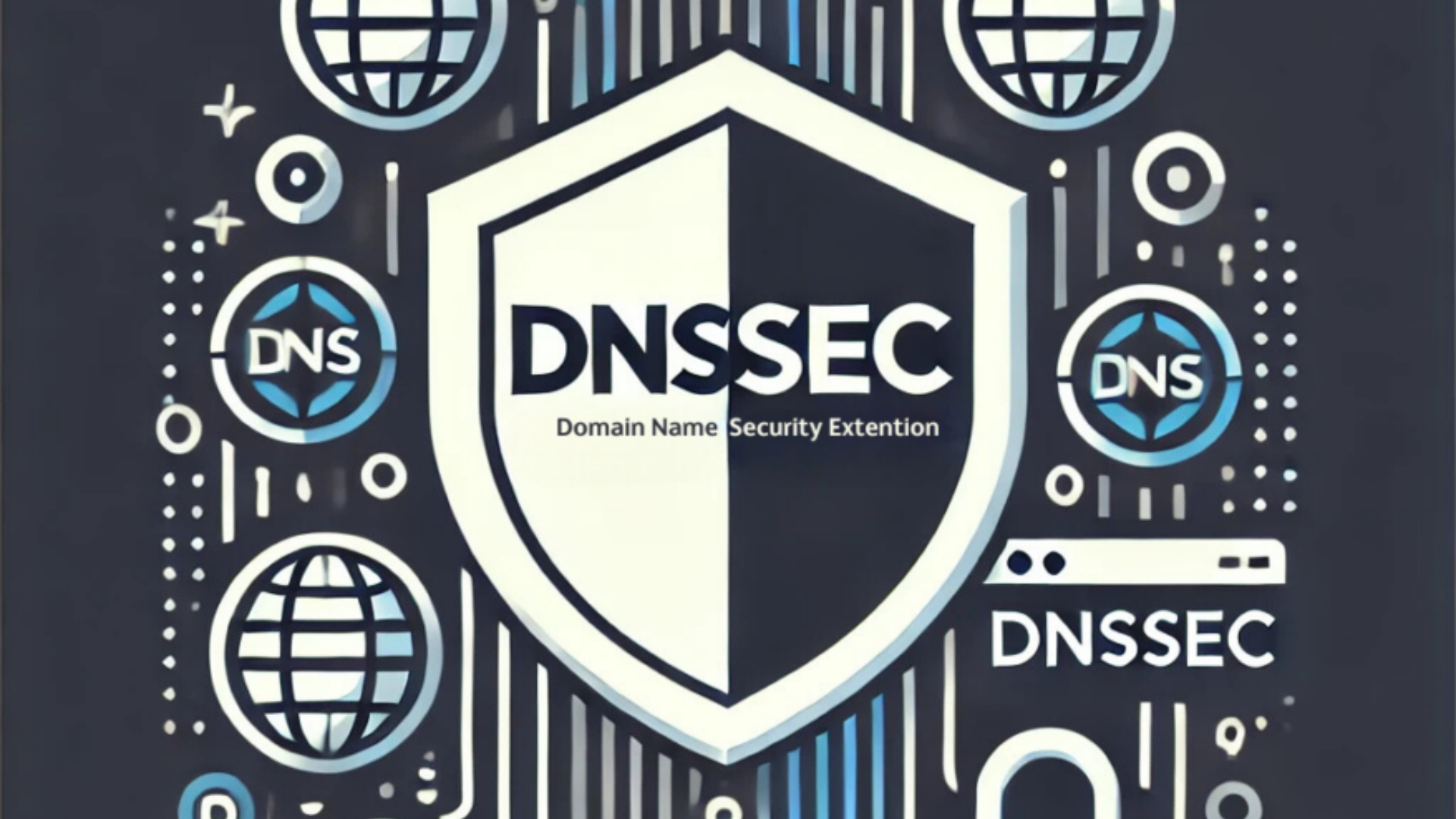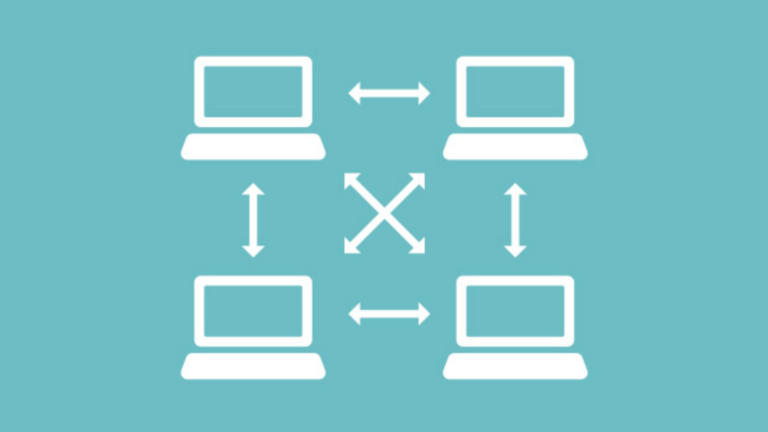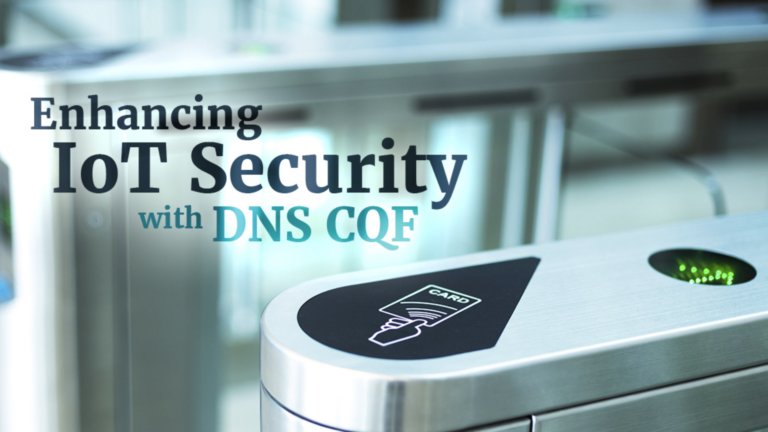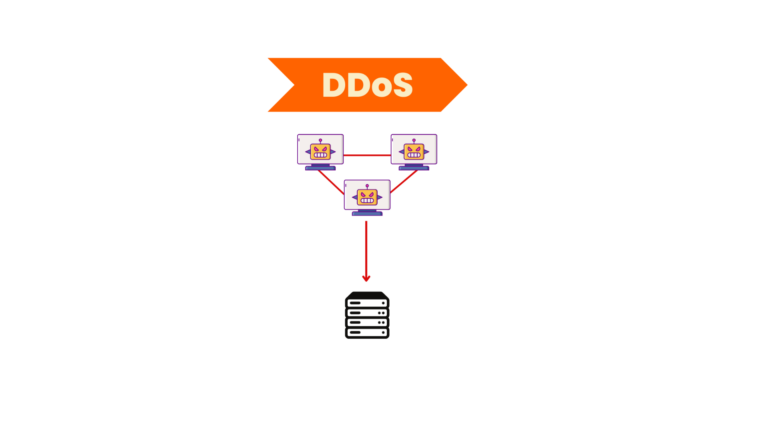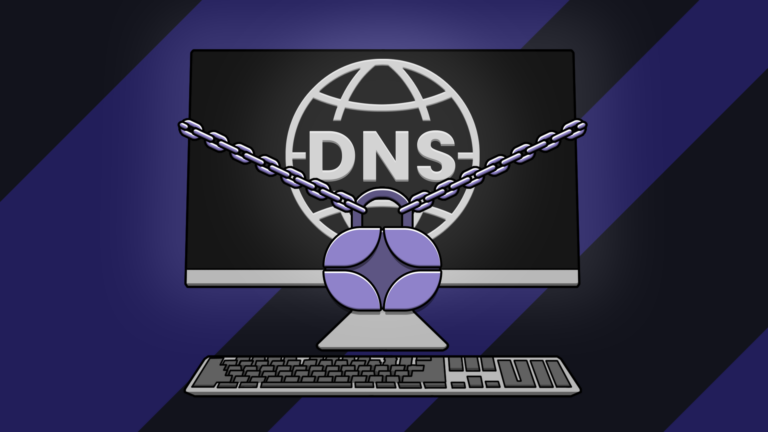How does DNSSEC prevent spoofing attacks?
Introduction
The internet relies on the Domain Name System (DNS) to connect users to websites. However, DNS is not secure by default. Cybercriminals can manipulate it to redirect users to fake websites, leading to fraud, identity theft, and malware infections.
This is where DNS Security Extensions (DNSSEC) come in. DNSSEC adds a layer of security to protect users from these attacks.
Understanding DNS Spoofing Attacks
Before we dive into how DNSSEC helps, let’s understand what a DNS spoofing attack is.
What Is DNS Spoofing?
DNS spoofing, also known as DNS cache poisoning, is when attackers inject false DNS data into a system. This tricks users into visiting fake websites instead of the ones they intended to visit.
How Does DNS Spoofing Work?
Here’s how a typical attack happens:
- A user types a website address (e.g.,
www.example.com) in their browser. - The browser asks a DNS server to translate this into an IP address.
- An attacker intercepts this request and responds with a fake IP address.
- The user is unknowingly sent to a malicious website.
What Are the Risks of DNS Spoofing?
- Phishing: Users may enter sensitive data (passwords, credit card details) into fake sites.
- Malware infection: Attackers may install harmful software on users’ devices.
- Data interception: Hackers can monitor and steal personal or financial data.
How DNSSEC Prevents Spoofing
DNSSEC is a security feature that prevents fake DNS responses from being accepted. It ensures that users only receive correct and verified information from DNS servers.
How Does DNSSEC Work?
DNSSEC works by using cryptographic signatures to verify that DNS responses come from a legitimate source.
Here’s how it secures DNS queries:
- Signing the Data: DNSSEC uses cryptographic keys to sign DNS records.
- Verifying Authenticity: When a user requests a website, the DNS resolver checks the signature.
- Rejecting Fake Responses: If the signature doesn’t match, the DNS response is rejected.
Key Features of DNSSEC
- Digital Signatures: Every DNS record has a unique signature that proves its authenticity.
- Chain of Trust: Each level of the DNS system verifies the one below it, ensuring trust from the root servers down.
- Data Integrity: DNSSEC prevents data from being altered during transmission.
Benefits of DNSSEC
DNSSEC provides several advantages for users and organizations:
| Benefit | Description |
|---|---|
| Prevents Spoofing | Stops attackers from redirecting users to fake sites. |
| Ensures Trust | Verifies that the website a user visits is legitimate. |
| Protects Data | Prevents unauthorized changes to DNS information. |
| Enhances Security | Reduces the risk of phishing and data theft. |
Challenges of Implementing DNSSEC
Despite its benefits, DNSSEC is not widely adopted. Some challenges include:
- Complex Setup: Configuring DNSSEC requires technical expertise.
- Compatibility Issues: Not all DNS servers and devices support DNSSEC.
- Performance Impact: Adding encryption can slow down DNS resolution slightly.
Conclusion
DNSSEC is an essential security measure that protects users from DNS spoofing attacks. It ensures that when you type a website address, you reach the real website and not a fake one.
While it has some challenges, its benefits far outweigh the risks of leaving DNS unsecured. As more organizations adopt DNSSEC, the internet will become a safer place for everyone.
By enabling DNSSEC, businesses and individuals can add a vital layer of security, preventing cybercriminals from manipulating DNS and tricking users. If you own a website or manage a network, consider implementing DNSSEC to safeguard your users and data.
